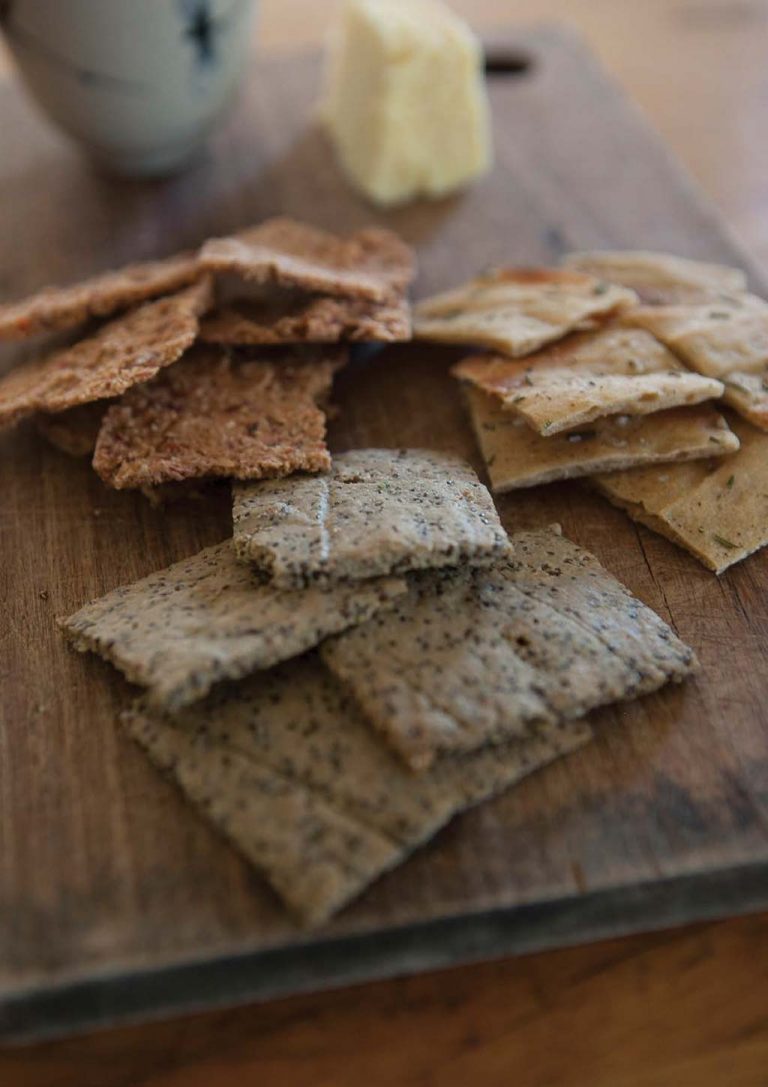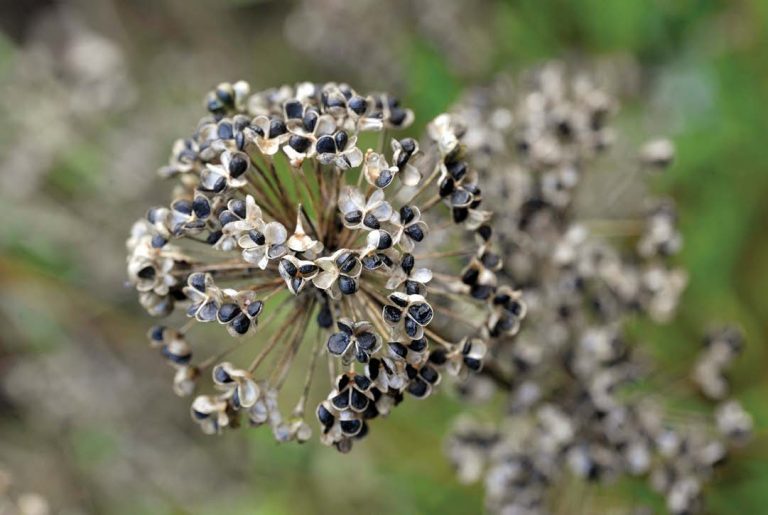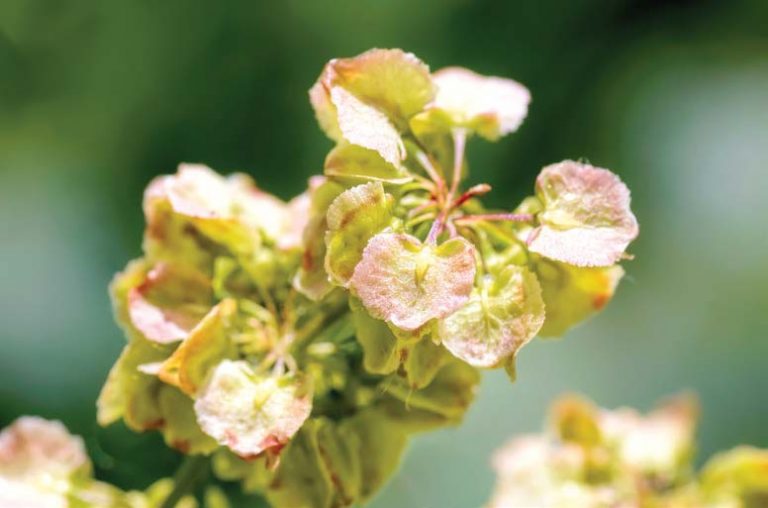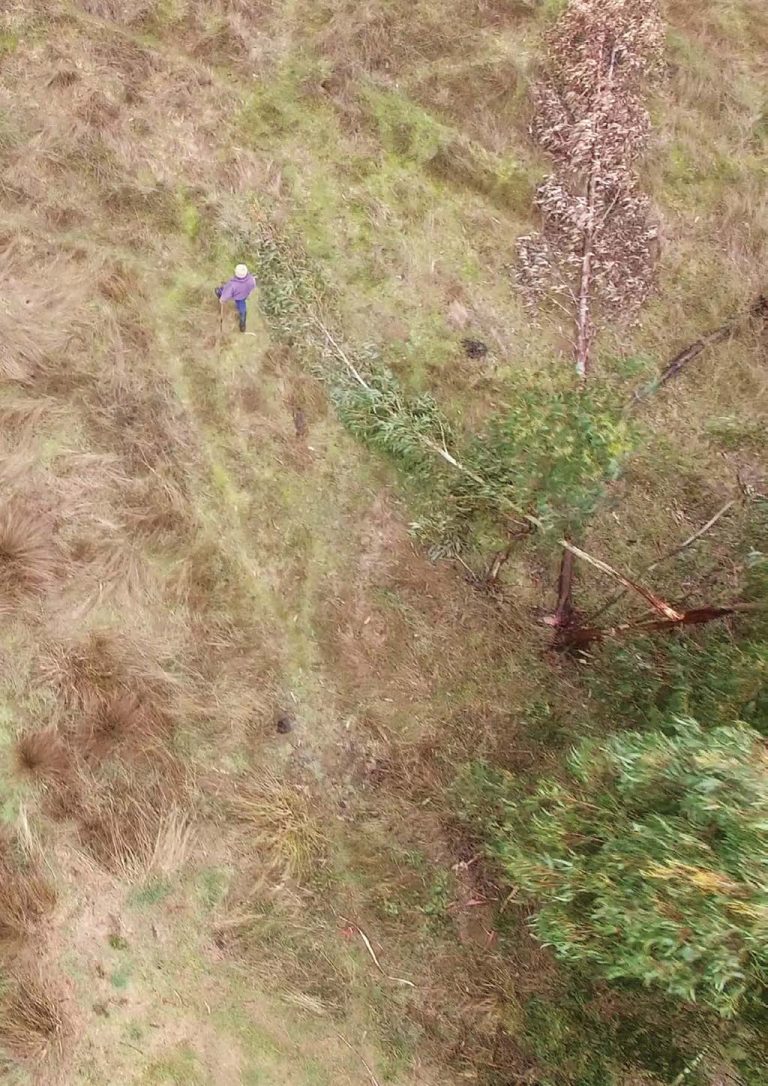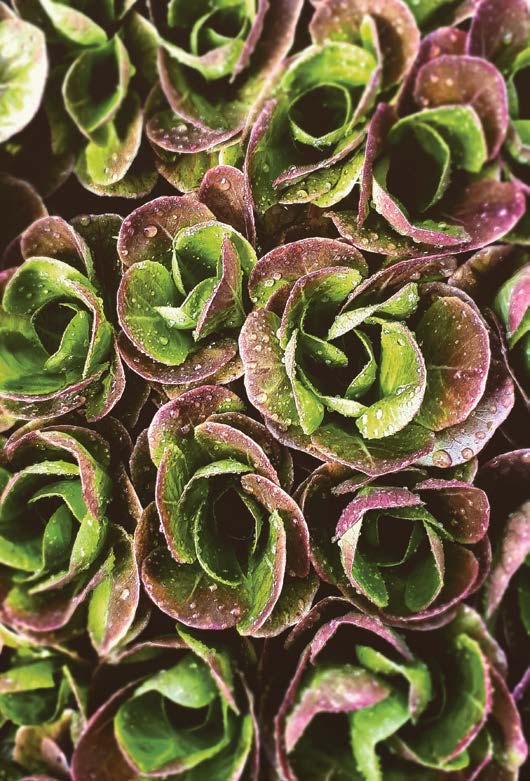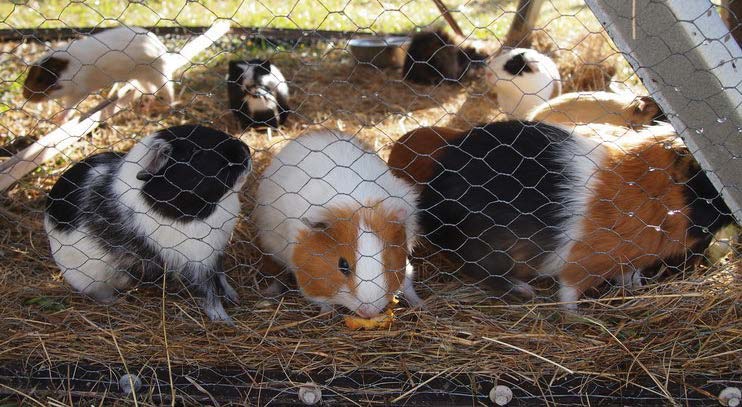In The Garden: November- February

• November: Basil, beans, beetroot, cabbage, capsicum, carrot, cauliflower, chives, coriander, cucumber, lemongrass, marjoram, mint, oregano, parsley, rosemary, tarragon, and thyme, English spinach, kohlrabi, leek, lettuce, onion, parsnip, pumpkin, radish, silverbeet, swede, sweet corn, tomato, turnip, zucchini.
• December: Lettuce, rocket, Asian greens, carrot, beetroot, celery, silverbeet, more leek and tomato, salad onion, sweet corn, zucchini, cucumber, pumpkin, parsnip, celery, celeriac, Brussels sprouts, broccoli, cabbage, cauliflower and potato (such as Kennebec).
• January: Carrot, beetroot, radish, turnip, lettuce, Asian greens (e.g. rocket, mizuna, mibuna, mustard, cress), silverbeet, spring onions, bush beans. If you live in a warm spot, try seedlings of late zucchini, cucumber, small pumpkins like Golden Nuggets, sweet corn and even more tomato.

